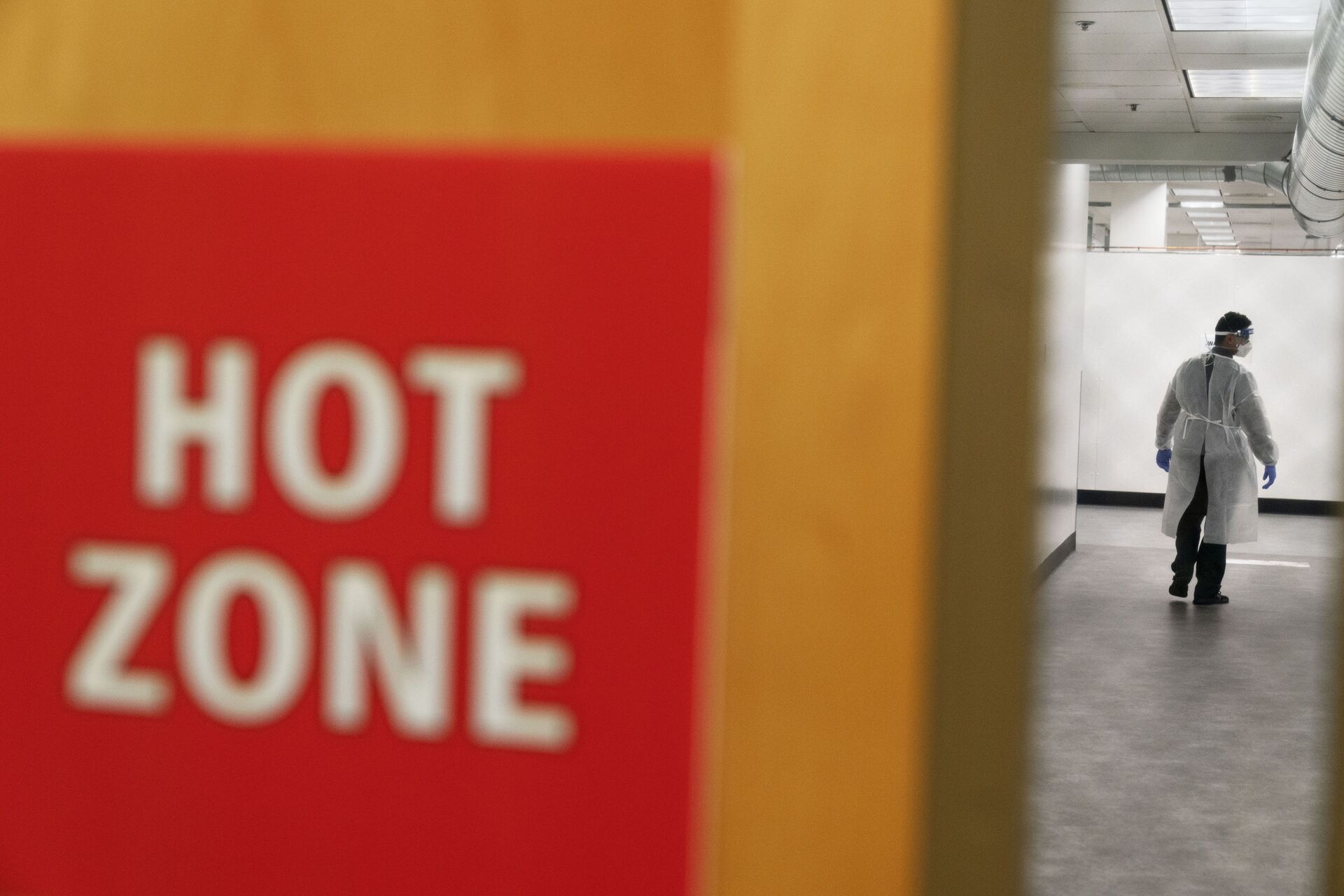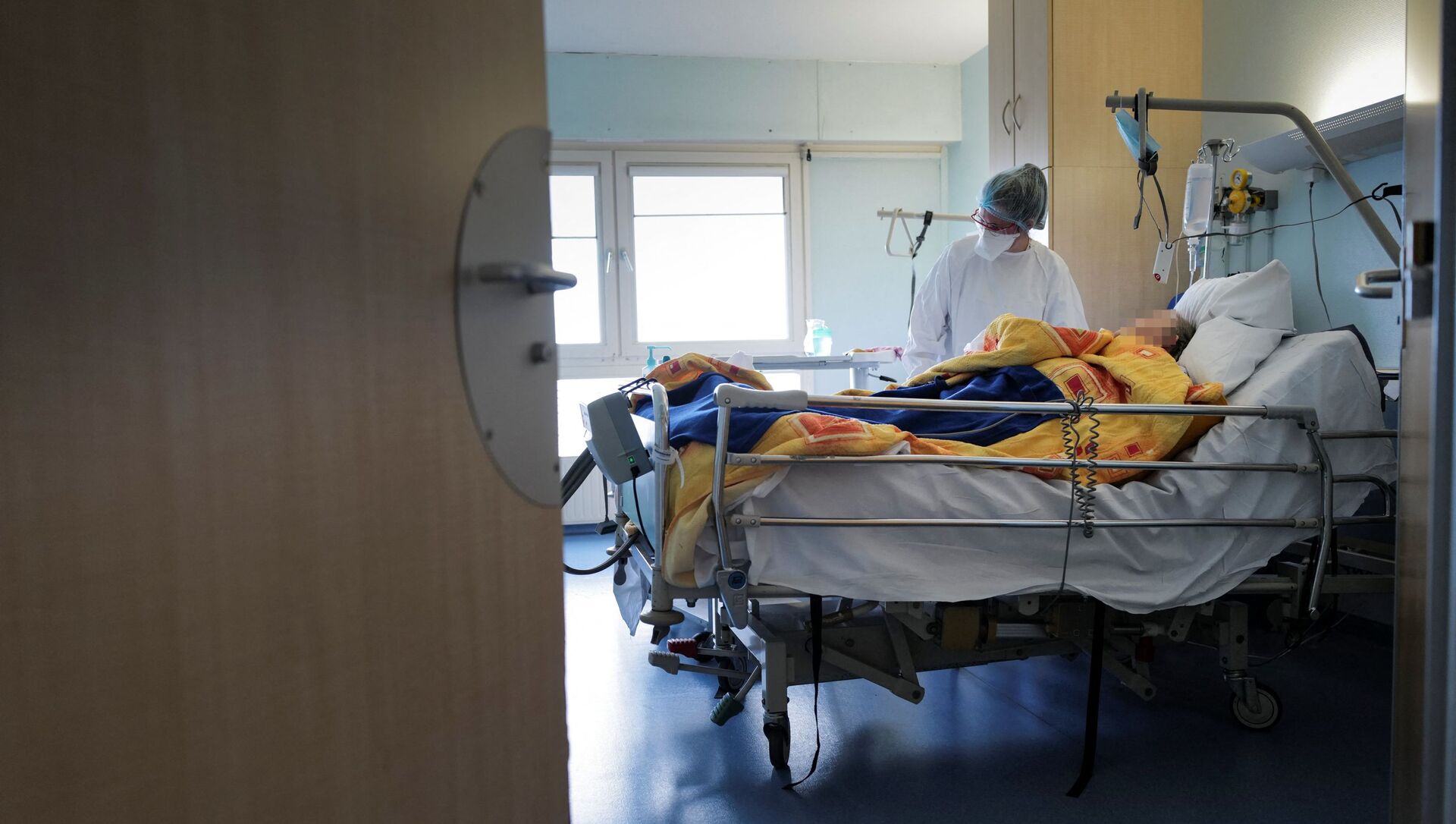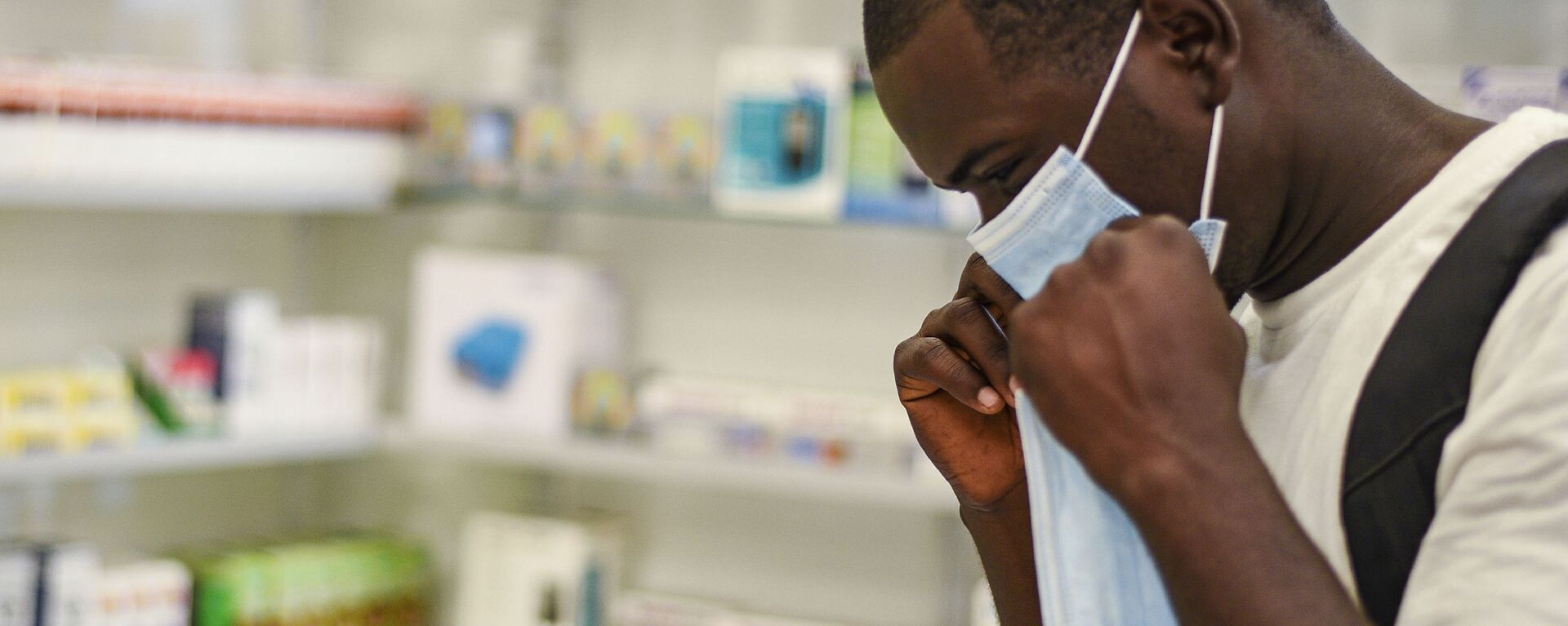A study into COVID-19 has uncovered rarer symptoms that may be a sign of the deadly virus, that we’ve previously been unaware of. Until now it has been unknown that changes to the skin and signs of rashes may be an indication that somebody is carrying the virus.
But what are these changes to the skin and just how important is it that we learn about them? To find out more, Sputnik spoke with, Vassilios Vassiliou, Senior Clinical Lecturer in Cardiovascular Medicine at the University of East Anglia.
Sputnik: So firstly, how does COVID-19 affect the skin?
Vassiliou: I think we know now that COVID-19 affects the skin in various ways. And there are four typical patterns of skin manifestations that we get. You can get swollen feet and fingers, you can get what is called the maculopapular rash, which is sort of other areas, it's quite flat and then at other areas is quite bumpy, and you can get itchy skin.

And then you can get some lesions with fluid inside, something called vesicles. And the interesting thing about manifestation of the skin and COVID is that some of them come a few days before you get other symptoms of COVID. The other manifestations come at the time that you get the breathing problems with COVID. And interestingly, the majority actually come a few weeks down the line from having had the infection.
Sputnik: And do you know why they occur?
Vassiliou: There are many theories why we think they occur, nothing is proven conclusively. But one of the most promising theories is that the body needs to attempt to get rid of the virus and generates special types of proteins called the interferons and interferons try to get rid of the viral infection. And so doing, they sometimes can damage the vessels of the body, and therefore, you get the swelling, for example and blistering of the toes and feet.
Sputnik: And knowing that COVID-19 affects the skin is this something that could help limit transmission?
Vassiliou: Absolutely. And I think this is one of the important areas where research is still being undertaken. What we have now established beyond any doubt is that in some patients, the skin manifestations come slightly before their symptoms or even at the time of their symptoms. Therefore, there are various groups that propose that in addition to the current symptoms that trigger a COVID test, a new rash should also be considered automatically as a manifestation toward COVID testing.
Sputnik: So we think basically, things like hives and lesions appear because the body's trying to fight back against the virus. Is that right?
Vassiliou: Absolutely, yes. So we can have swollen red toes and feet and fingers or we can have hives, or we can have little blisters. I think it's important to say that if this is the first time that you get any of these signs on an individual, then it would be important to think of COVID.
However, these manifestations are not limited in Covid of course, therefore, there might well be something else triggering them. Now, if somebody used to get lots of hives previously, and they still get hives that are quite normal for them, then it is perhaps less likely that they relate to COVID. But nonetheless, I think it would be important if people have new symptoms that relate to the skin that they do not have an obvious explanation, to discuss it with the health professionals.




